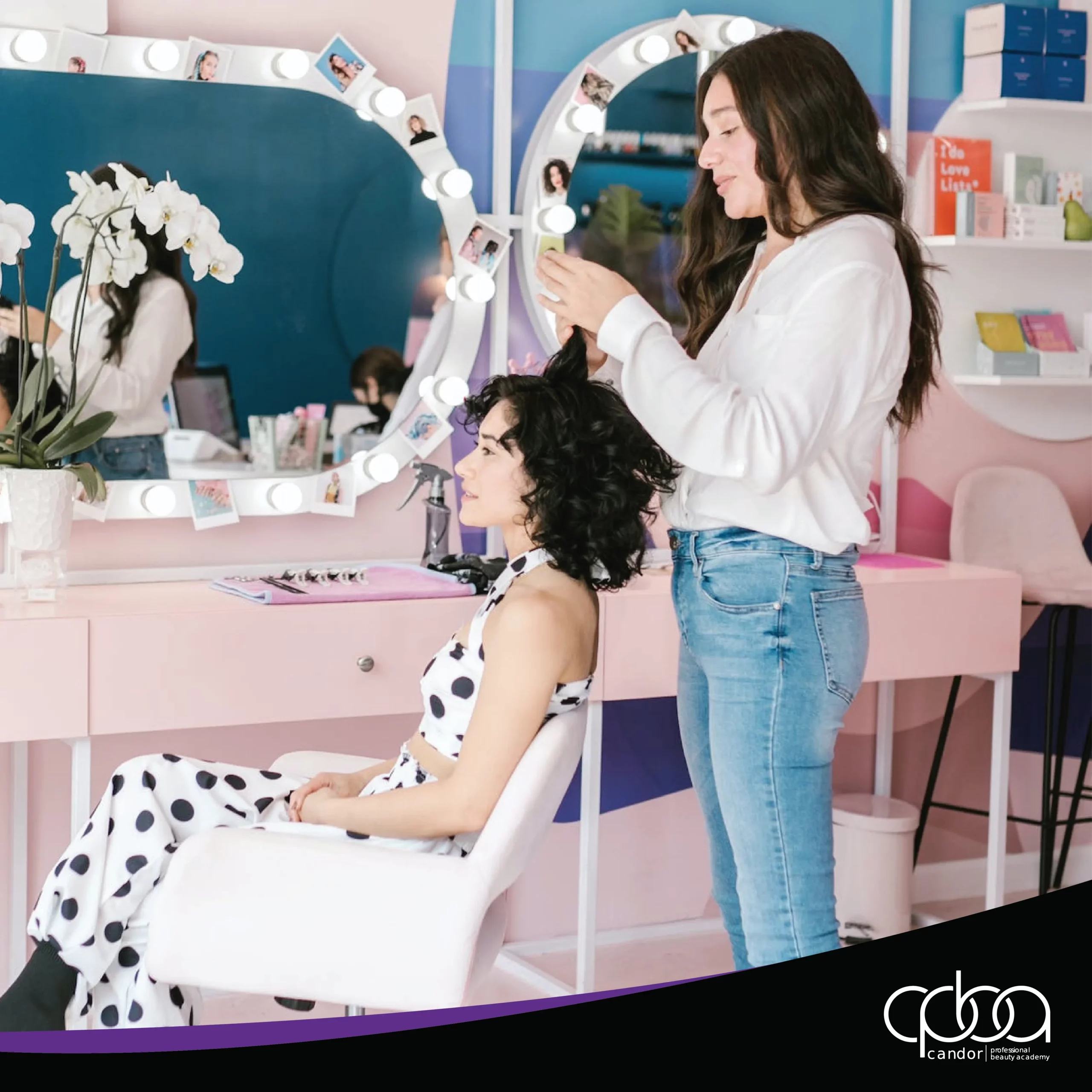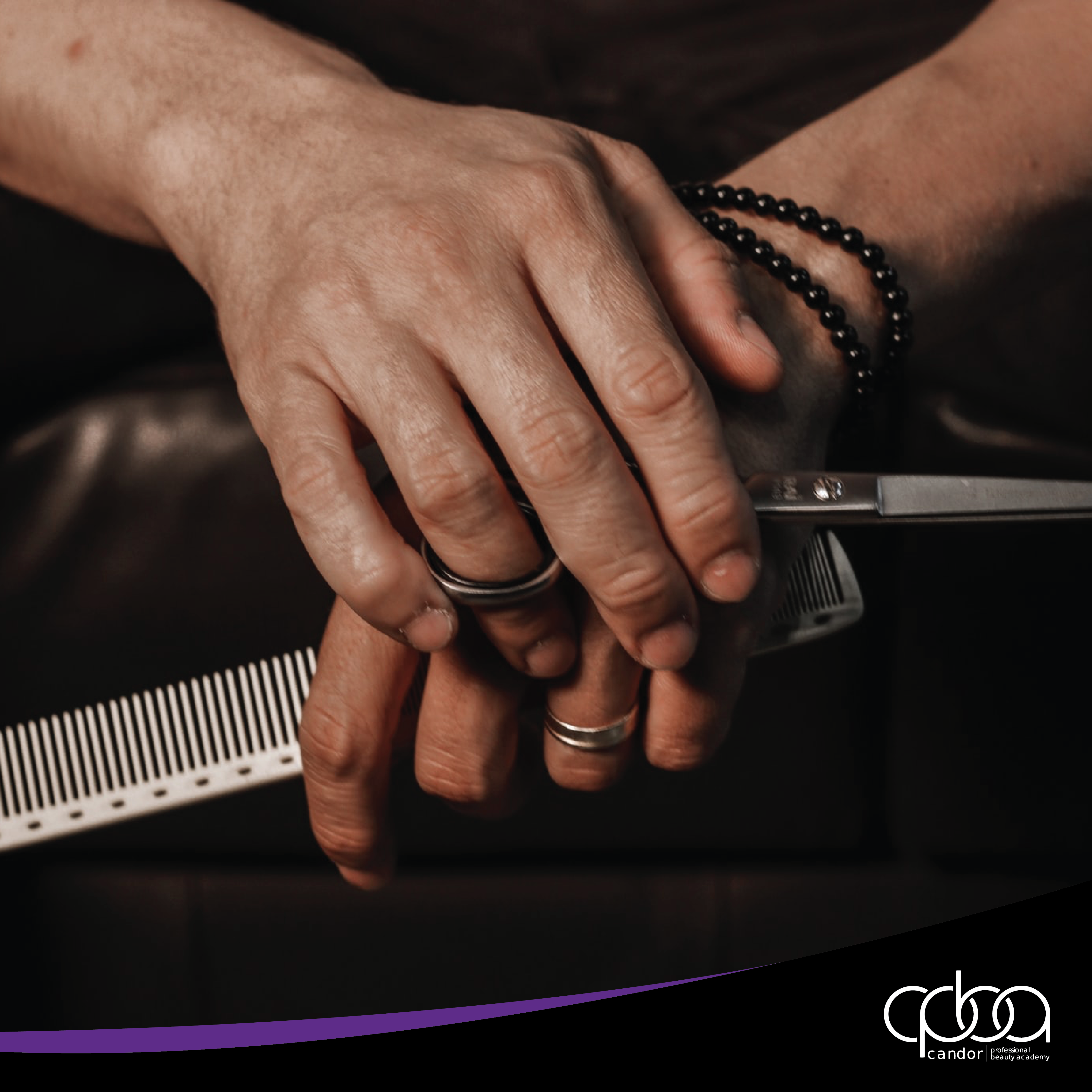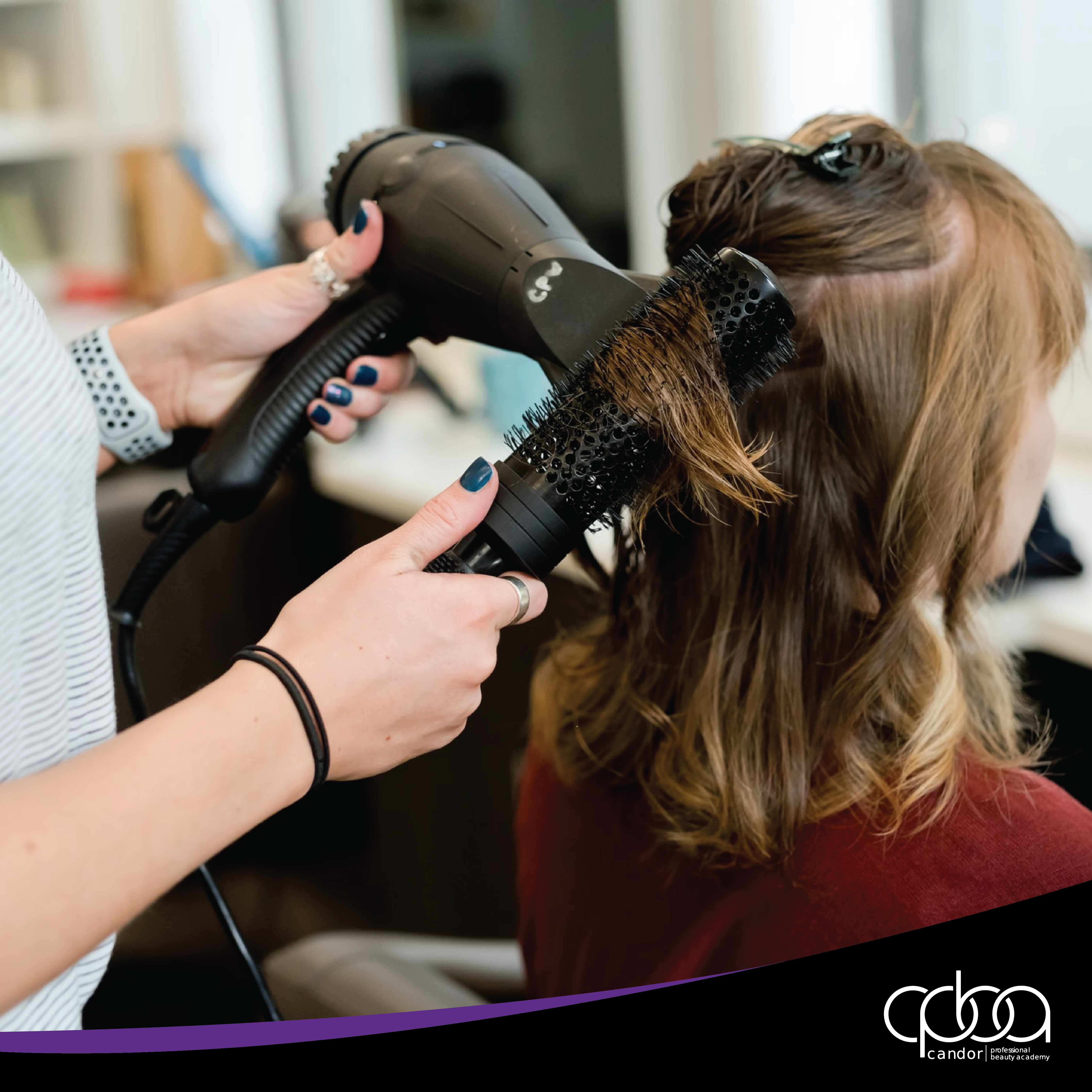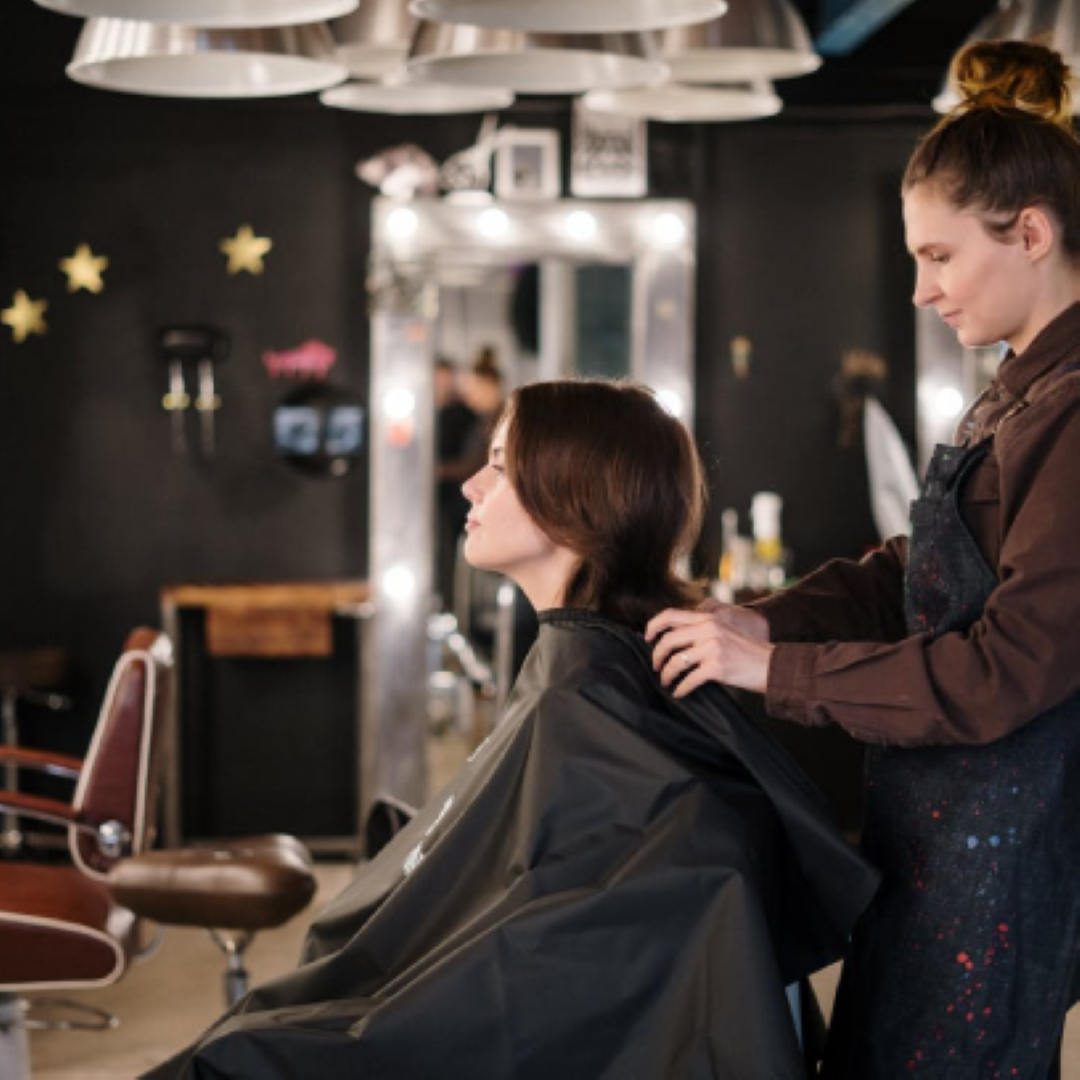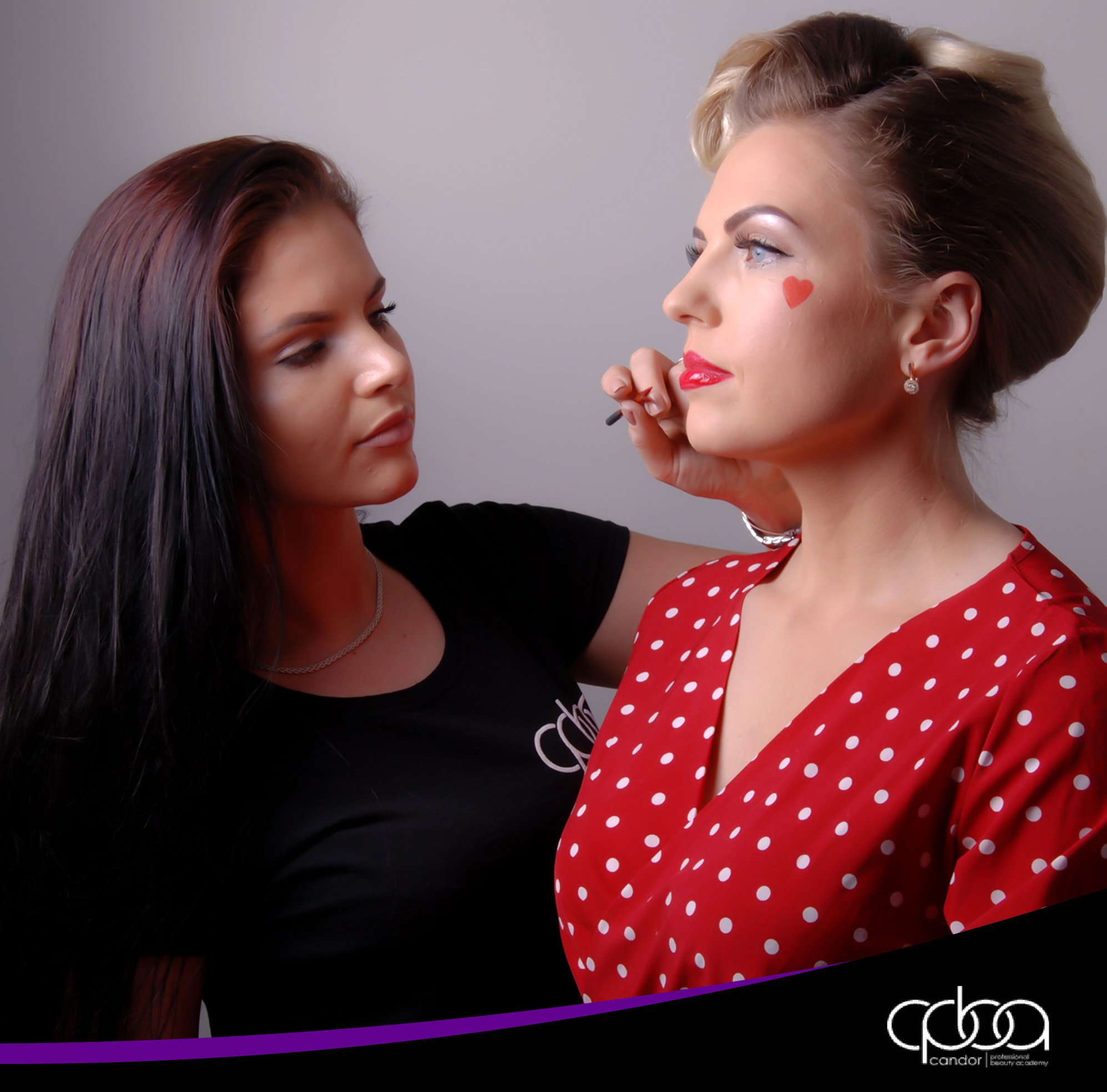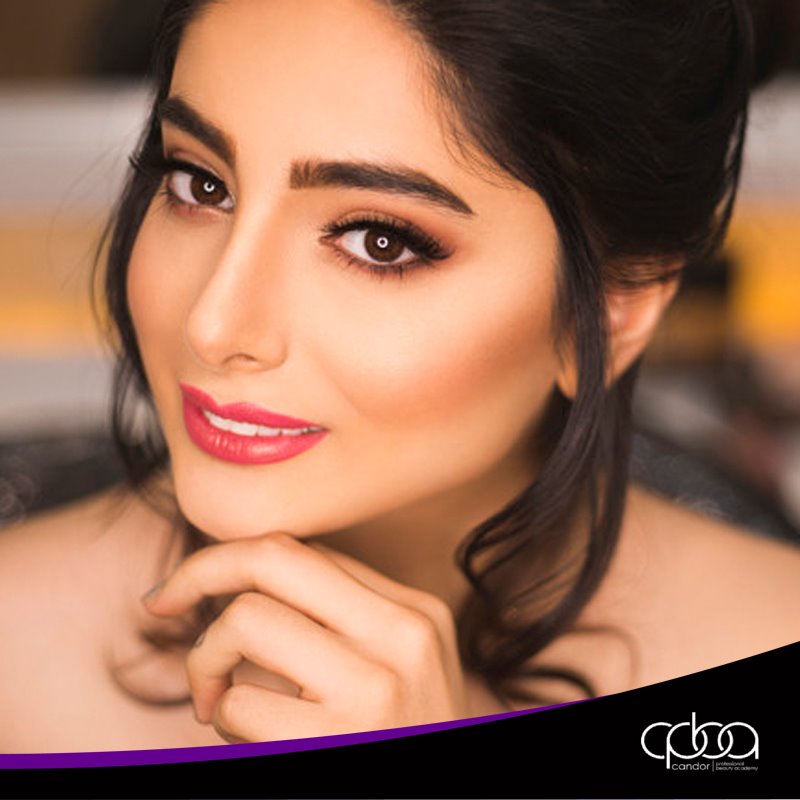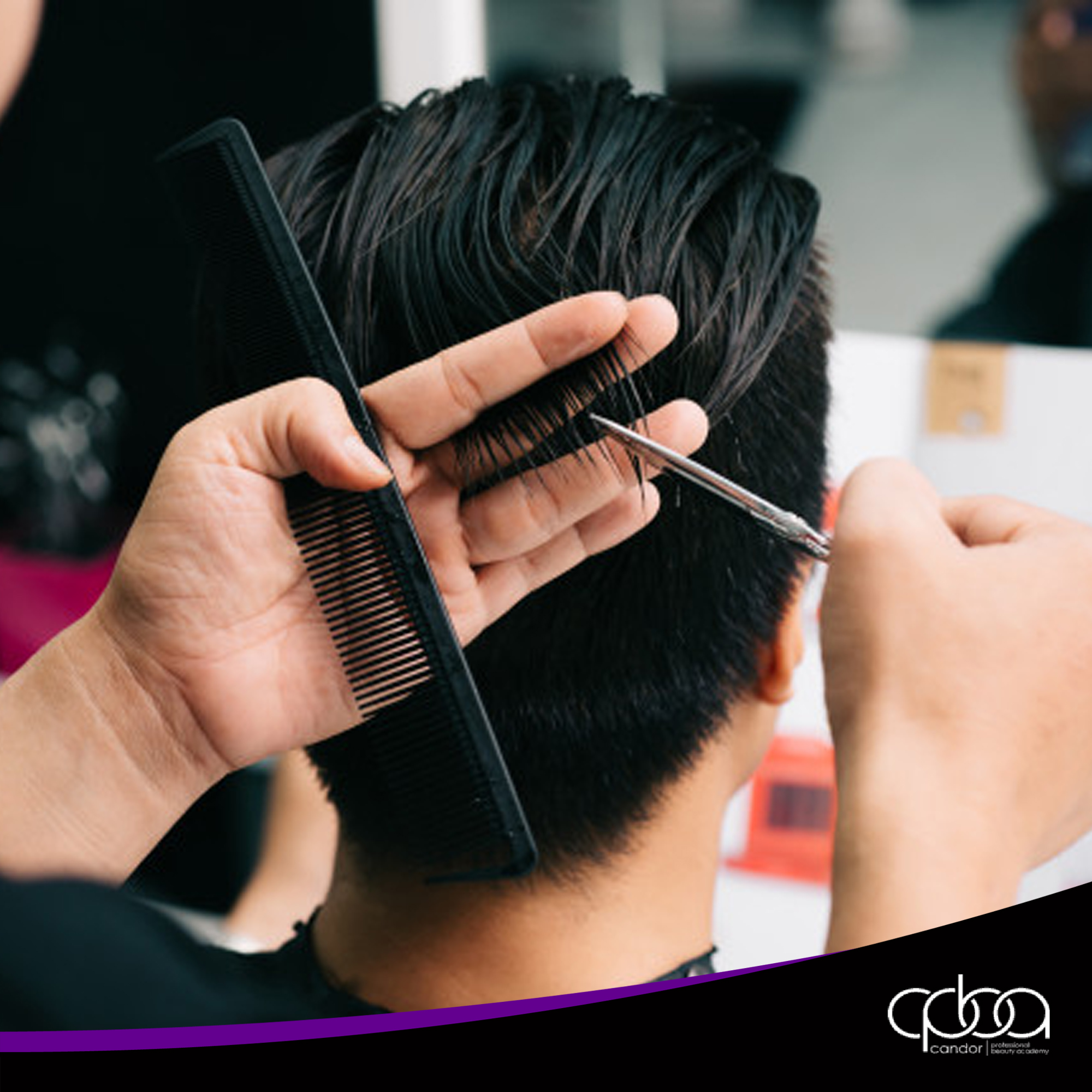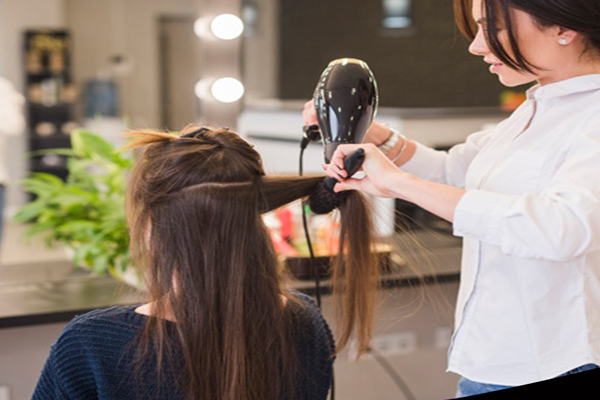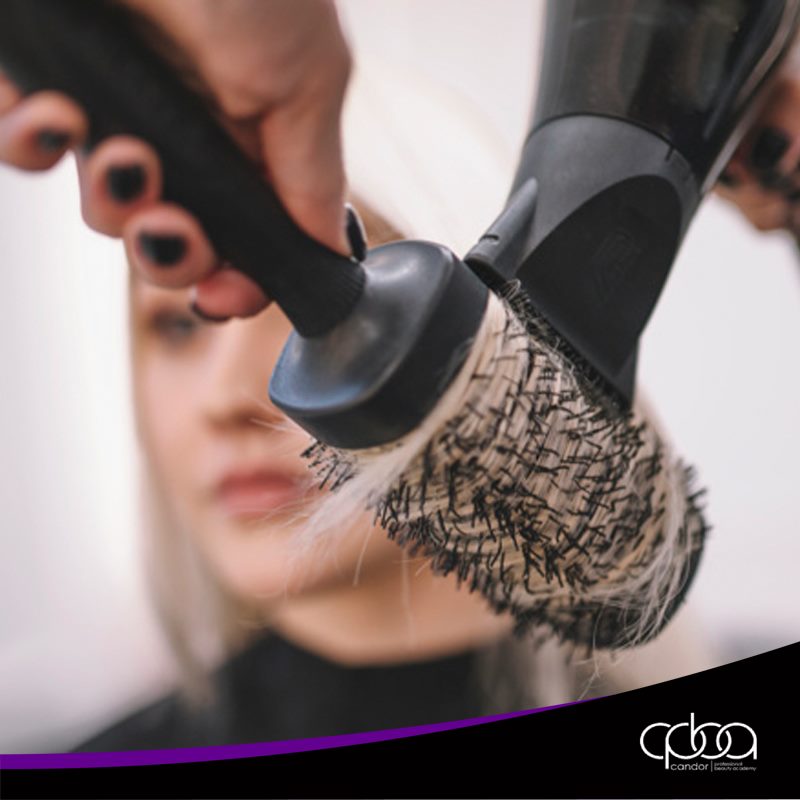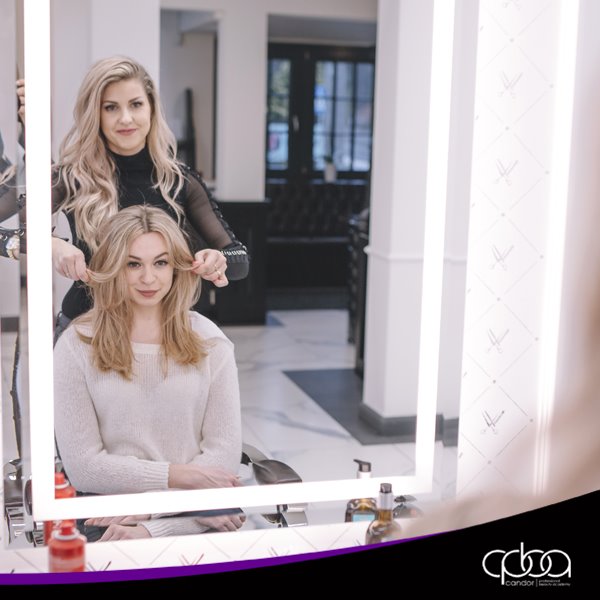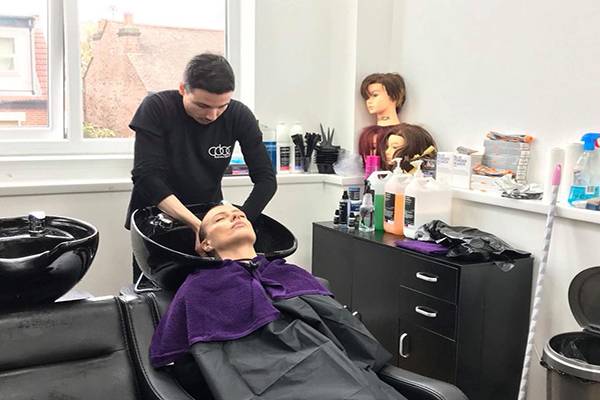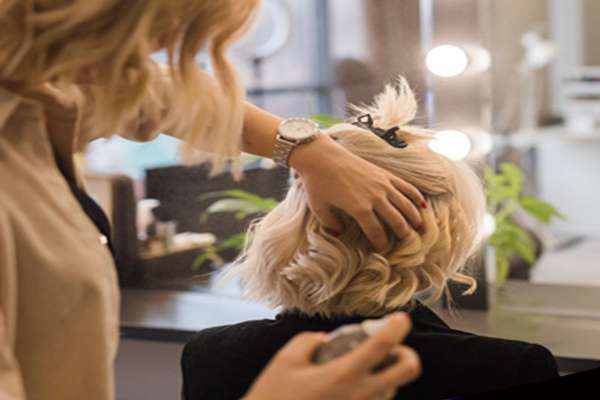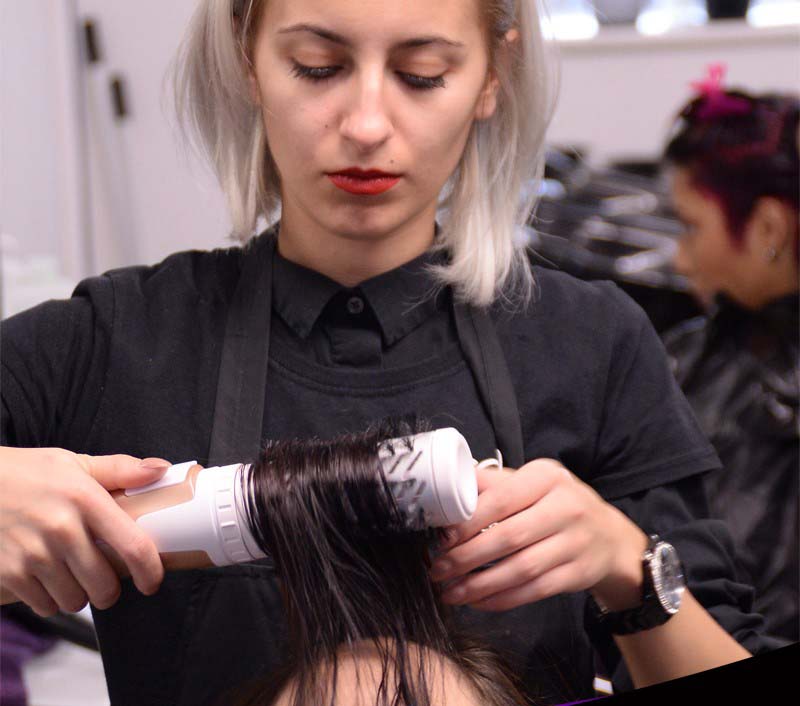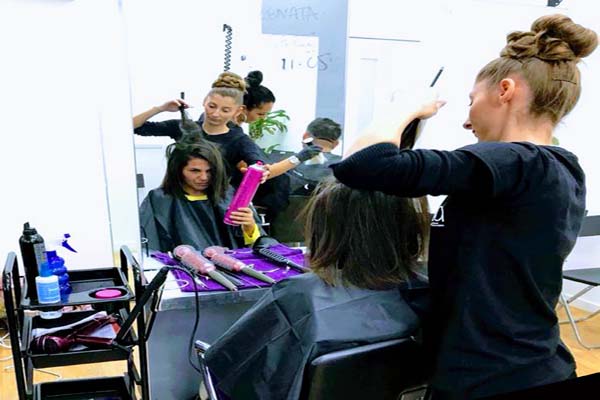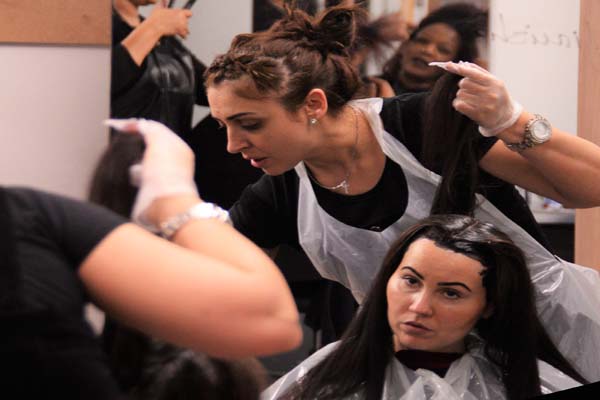The purpose of hair styling is multifaceted and can vary based on individual preferences, cultural norms, and trends. Hair styling serves both functional and aesthetic purposes. Here are some key reasons why people engage in hair styling:
Aesthetic Expression
One of the primary purposes of hair styling is to express one’s personal style, creativity, and individuality. People use hairstyles to convey their personality, cultural identity, and fashion sense. It’s a form of self-expression and can help boost confidence and self-esteem.
Enhancing Appearance:
Hair styling can enhance a person’s overall appearance by complementing their facial features, skin tone, and clothing. The right hairstyle can make someone look more attractive and put-together.
Social and Cultural Significance:
In many cultures, hairstyles have deep social and cultural significance. They can symbolize one’s age, marital status, social status, and even religious affiliation. Certain hairstyles may be worn for special occasions or rituals.
Protection and Functionality:
Hair can provide protection from the sun, wind, and environmental elements. Certain hairstyles, such as braids and buns, can also keep hair out of the way during physical activities or work.
Trend and Fashion:
Hair styling often follows trends and fashion, with new hairstyles emerging regularly. People may change their hairstyles to stay current with fashion trends or to stand out from the crowd.
Professional and Formal Occasions:
Different occasions may require specific hairstyles. For formal events like weddings or job interviews, people often opt for more polished and sophisticated hairstyles to make a good impression.
Confidence Boost:
A well-styled hair can boost a person’s self-confidence. Feeling good about one’s appearance can have a positive impact on mental and emotional well-being.
Cultural and Historical Preservation:
Some hairstyles are deeply rooted in a culture’s history and traditions. They can serve as a way to preserve and pass down cultural heritage.
Experimentation:
Hair styling provides an opportunity for experimentation and creativity. People can change their hairstyle to try something new and see how it looks and feels.
Functional Reasons:
In some cases, hair styling may have practical purposes. For instance, athletes may wear specific hairstyles to keep their hair in place during sports, or individuals with long hair may choose styles that keep their hair manageable and tangle-free.
In summary, the purpose of hair styling is multifaceted, encompassing personal expression, aesthetics, culture, functionality, and more. It can play a significant role in how individuals present themselves to the world and how they feel about themselves.
